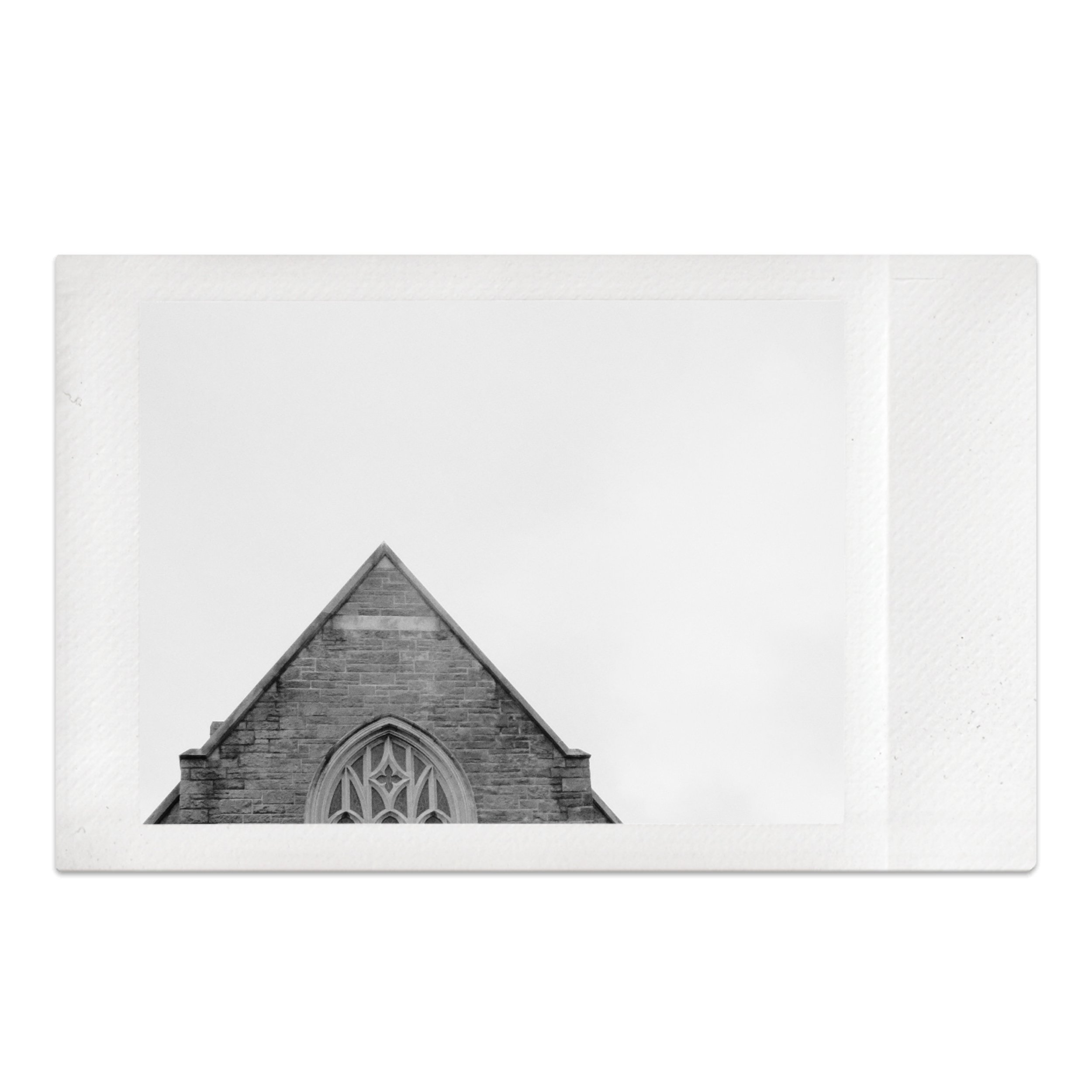Unveiling Layers: The Power of Symbolism in Photography
beckner 2023.
In the realm of visual arts, photography stands out as a uniquely immediate and accessible medium. It captures moments in time with remarkable precision, allowing viewers to experience reality in a way that feels both intimate and direct. Yet, beyond the surface of these captured moments lies a world of deeper meaning. This is where symbolism in photography comes into play, transforming simple images into profound statements about human experience, culture, and emotion.
The Essence of Symbolism
Symbolism in photography is akin to a visual language where objects, colors, and compositions convey meanings beyond their literal appearance. Just as a novelist uses metaphors and similes to evoke deeper understanding, a photographer employs visual symbols to communicate complex ideas and emotions.
beckner 2023.
The Role of Objects and Elements
beckner 2024.
1. Everyday Objects: A seemingly mundane object like a pair of shoes or a window can be imbued with rich symbolism. For example, a solitary shoe left on a deserted street might symbolize abandonment or loss, while a window could represent opportunities or barriers, depending on its context and presentation.
2. Color: Colors are powerful symbols in photography. Red might evoke passion or danger, blue could suggest tranquility or sadness, and green often represents growth or nature. The careful choice and manipulation of color can profoundly impact the emotional tone of a photograph.
beckner 2021.
3. Composition and Lighting: The way a photograph is composed and lit can also imbue it with symbolic meaning. Harsh, direct lighting might convey a sense of confrontation or tension, while soft, diffused light can evoke calmness or nostalgia. Similarly, the placement of subjects within the frame can suggest their relationships, power dynamics, or isolation.
beckner 2024.
Context and Interpretation
The meaning of a photograph is not static; it evolves with context. A photo of a broken mirror, for instance, could symbolize shattered self-image, but its interpretation might shift depending on whether it's framed within a narrative about personal struggle or societal reflection. The power of symbolism lies in its ability to be versatile and open to multiple interpretations.
beckner 2024.
Historical and Cultural Symbols
Photographers often draw on a rich tapestry of historical and cultural symbols. A flag might be used to convey patriotism or dissent, a cross might symbolize faith or sacrifice, and a particular architectural style could evoke a sense of historical continuity or change. Understanding these symbols requires both cultural literacy and an awareness of how they are employed in visual storytelling.
beckner 2022.
Personal and Emotional Symbolism
Beyond universal symbols, personal symbolism plays a crucial role. Photographers often use imagery that has specific, personal significance. For instance, an image of a grandmother’s old chair might evoke memories of family gatherings and love, while an empty playground might symbolize childhood lost or the passage of time. These personal symbols offer viewers a window into the photographer’s own experiences and emotions.
beckner 2024.
The Impact of Symbolism on the Viewer
When viewers encounter symbolic imagery, they are often invited to engage more deeply with the photograph. Symbolism can prompt reflection, stir emotions, and provoke thought. It encourages viewers to look beyond the surface and engage with the photograph on a more intellectual and emotional level.
Crafting Symbolic Photographs
For photographers interested in harnessing the power of symbolism, a thoughtful approach is key:
1. Intentionality: Be clear about what you want to convey through your image. What symbols will best communicate your message?
2. Experimentation: Play with different objects, colors, and compositions to find what resonates best with your intended symbolism.
3. Contextual Awareness: Consider how your symbols will be interpreted by others. Context can greatly influence the meaning of your symbols.
4. Viewer Engagement: Create images that invite viewers to ponder and interpret, allowing for a personal connection to the symbolism.
Symbolism in photography enriches the visual narrative, offering layers of meaning that go beyond the literal. By understanding and utilizing symbols effectively, photographers can create images that resonate on a deeper level, sparking reflection and emotional engagement in their audience. As we continue to explore the interplay between symbols and visuals, photography remains a powerful medium for conveying the subtleties of human experience and imagination.








